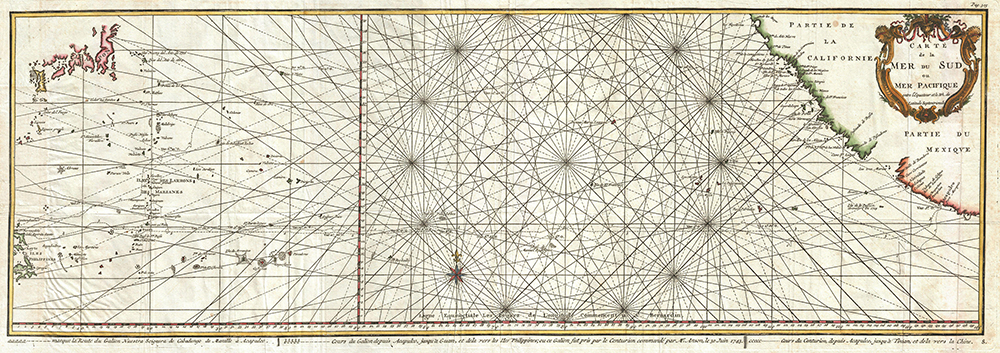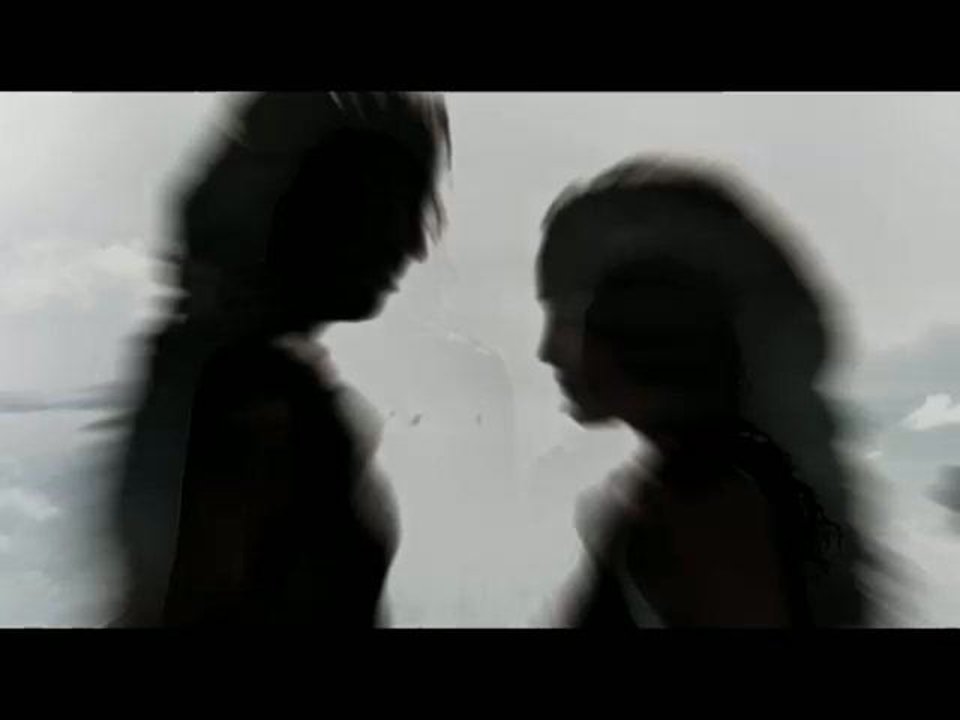CHamoru Migration Survey 2021
Since 2008, Guampedia.com has been recognized as a valuable community resource for and about the Mariana Islands. With a small managing team and a network of scholars and community partners, we serve a diverse audience of visitors from Guam and around the world who are interested in learning about our islands, our history and our people. Over the years we have continually developed new content to add to our collection of entries on a wide range of topics on Guam/Marianas history, environment, society, arts and culture. Our educational mission compels us to seek opportunities to engage with our audiences and ensure that we meet needs and expectations of the people who use our content
CHamoru Migration Survey 2021 Read Post »



